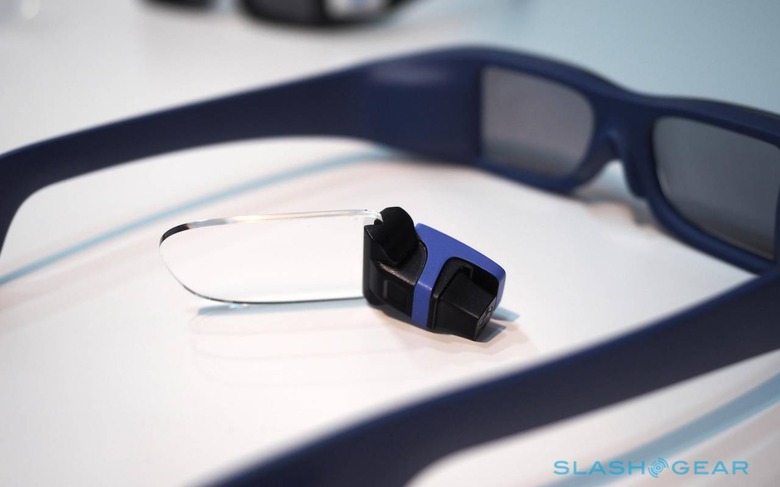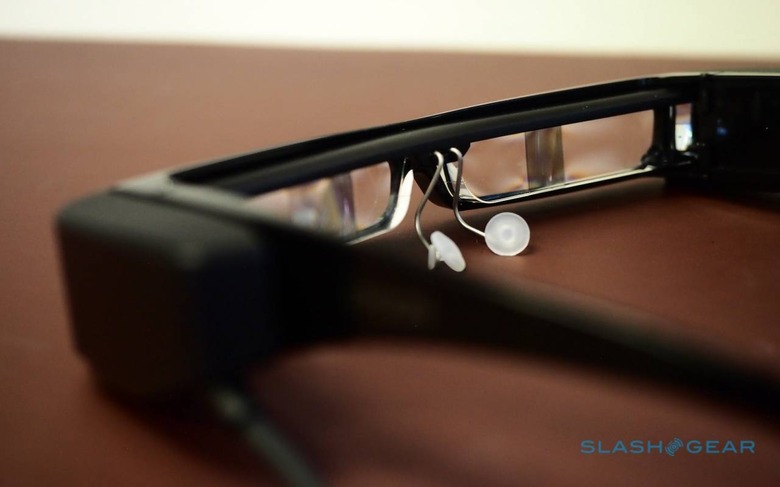Apple Glass' AR Lenses Reportedly Just Took A Huge Step Forward
Apple's smart glasses lenses have reportedly gone into trial production, as one of the key components for its upcoming AR products apparently makes it past the prototype stage. Based on technology expected to be used first in an augmented reality headset, and then a pair of sunglasses-style Apple Glasses, the lenses will presumably allow apps to project digital graphics into the wearer's line of sight.
Apple is said to have been collaborating with Foxconn, its long-time manufacturing partner, on developing the transparent displays. According to sources speaking to The Information, work on that has been underway at Foxconn's Chengdu facility.
The lenses themselves are complex sandwiches of "different synthetic materials," it's suggested. That's presented no shortage of manufacturing headaches, given that any dust, scratches, or other flaws captured between those layers could cause the lens to be rejected. As a result, manufacturing needs to take place in a tightly-controlled clean room, where dust can be managed.
Although the layers themselves are all thin, the resulting lens is said to be "slightly larger than those typically found in eyeglasses," according to a source familiar with Apple's development.

Despite those challenges, Apple is said to have begun trial production of the lenses two months ago. That say them pass out of engineering validation and, with their design effectively finalized, move into a phase of planning for eventual mass production.
Apple is believed to have multiple generations of AR wearables in development, with the roadmap covering several years of releases. First up is expected to be an augmented reality headset, believed to be similar in design and size to an Oculus Quest. That, previous leaks have suggested, could launch in 2022.
Beyond that device, though, is the product many hope will tip AR firmly into the mainstream. Dubbed Apple Glasses, the sunglasses-like form-factor in development is said to be much more akin to regular eyewear. However we're not likely to see them arrive until 2023 at the earliest.

Numerous companies have been attempting to make feasible transparent lenses for smart glasses, though getting all of the parts to line up and be commercially ready has been tricky. AR lenses not only need to be thin and light enough to be included in a set of eyewear that isn't bulky or tiring to have on the face, they also need to be sufficiently high resolution in the graphics they display so as to be useful for apps. Brightness is another factor, given users will undoubtedly want to wear them outside where direct sunlight is likely.
Most of the lens technologies we've seen so far have used some sort of projection array, where a light source is embedded into one or both arms of the glasses, and the image it creates is bounced off a number of prisms integrated into the lenses. That has the advantage of being optically clear, but does typically lead to chunkier frames.
In mid-2018, Apple acquired Akonia Holographics, a company which had been exploring the applications of holograms in AR displays. Before the deal, Akonia had been promising lenses capable of "vibrant, full-color, wide field-of view images" using its technology.
